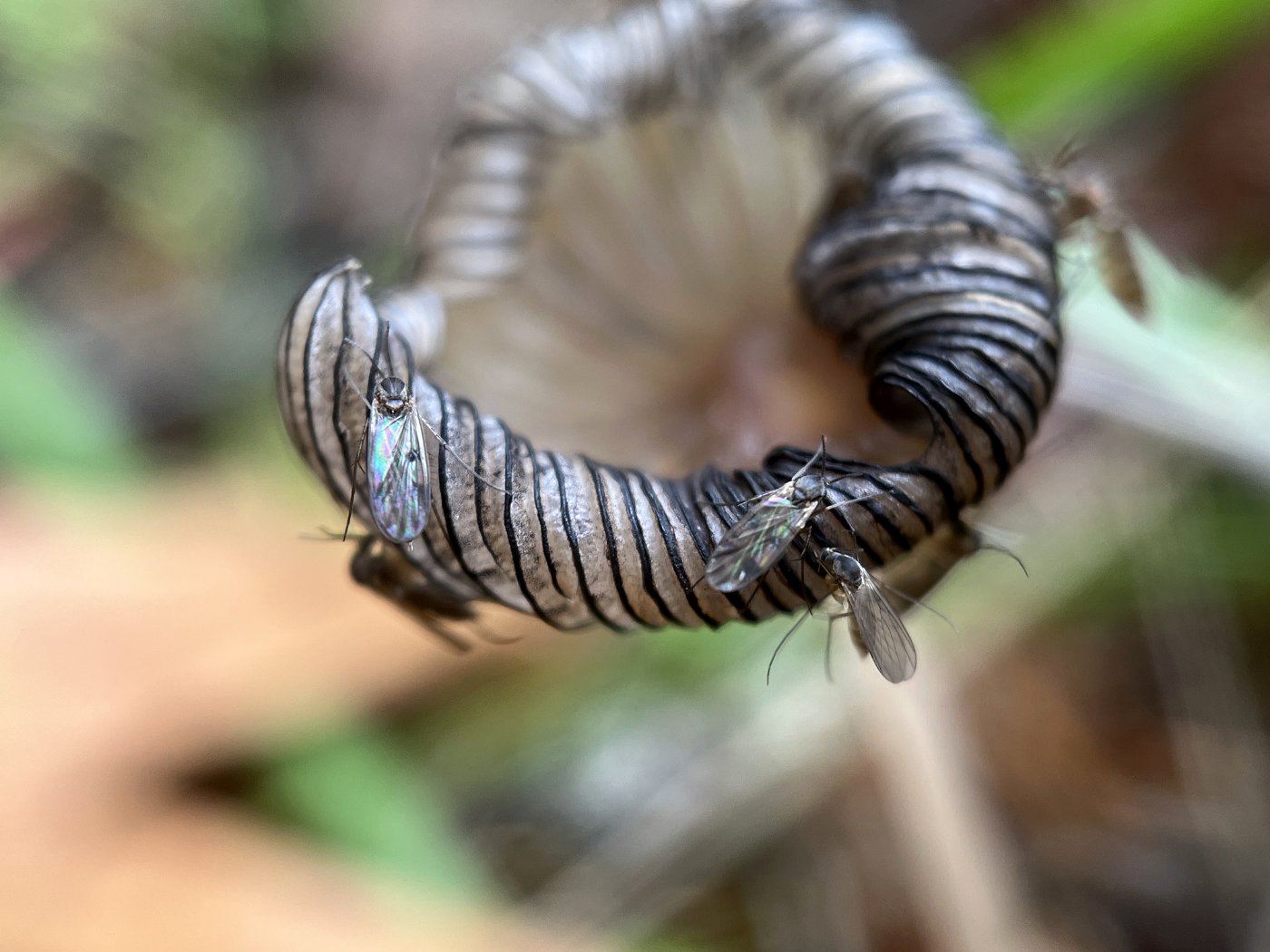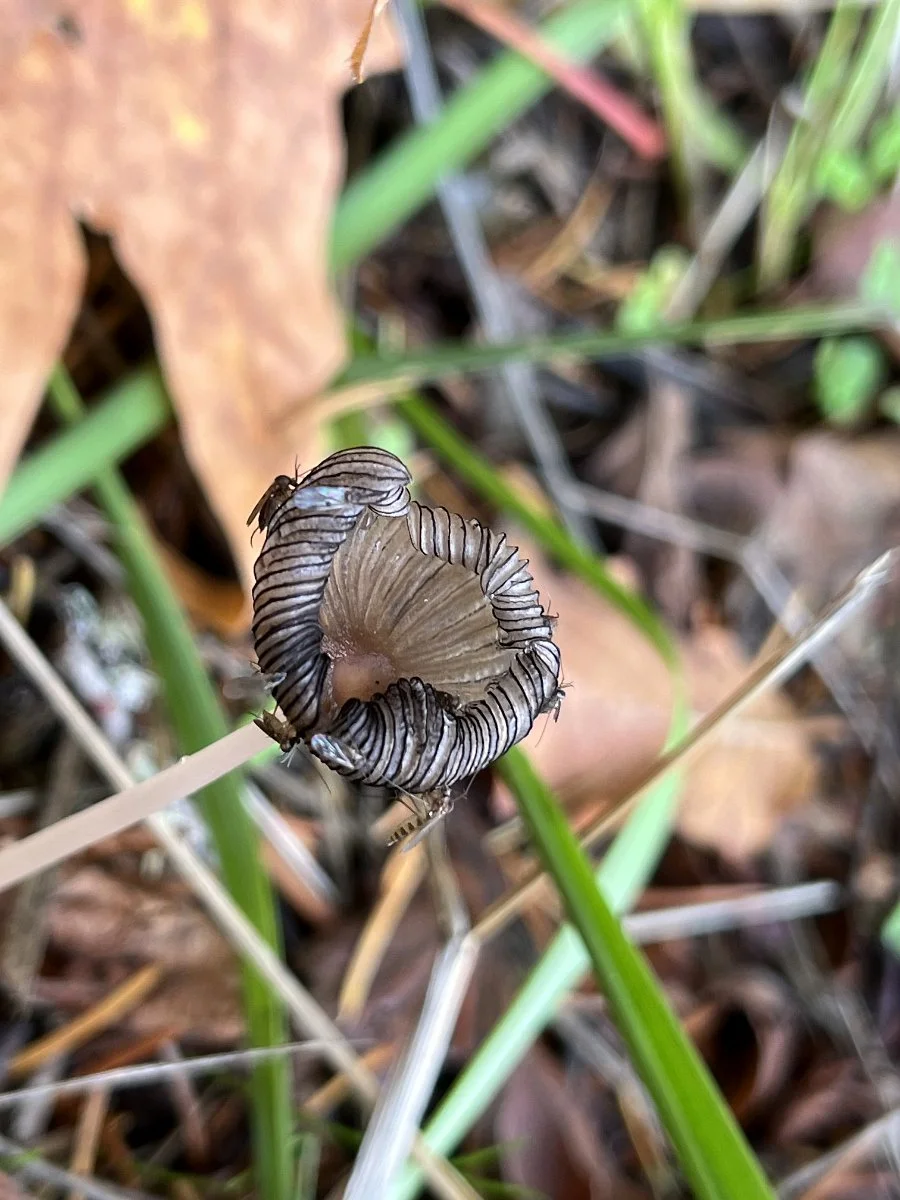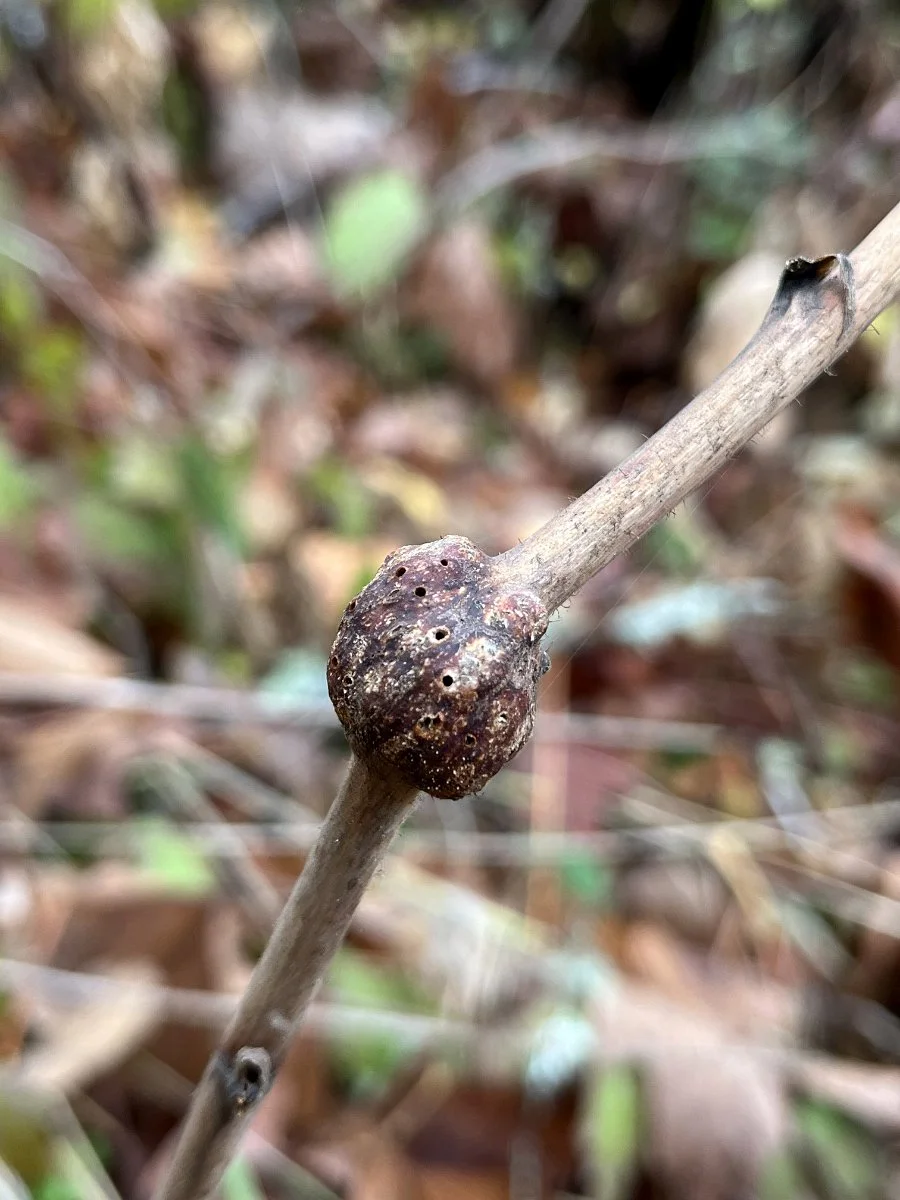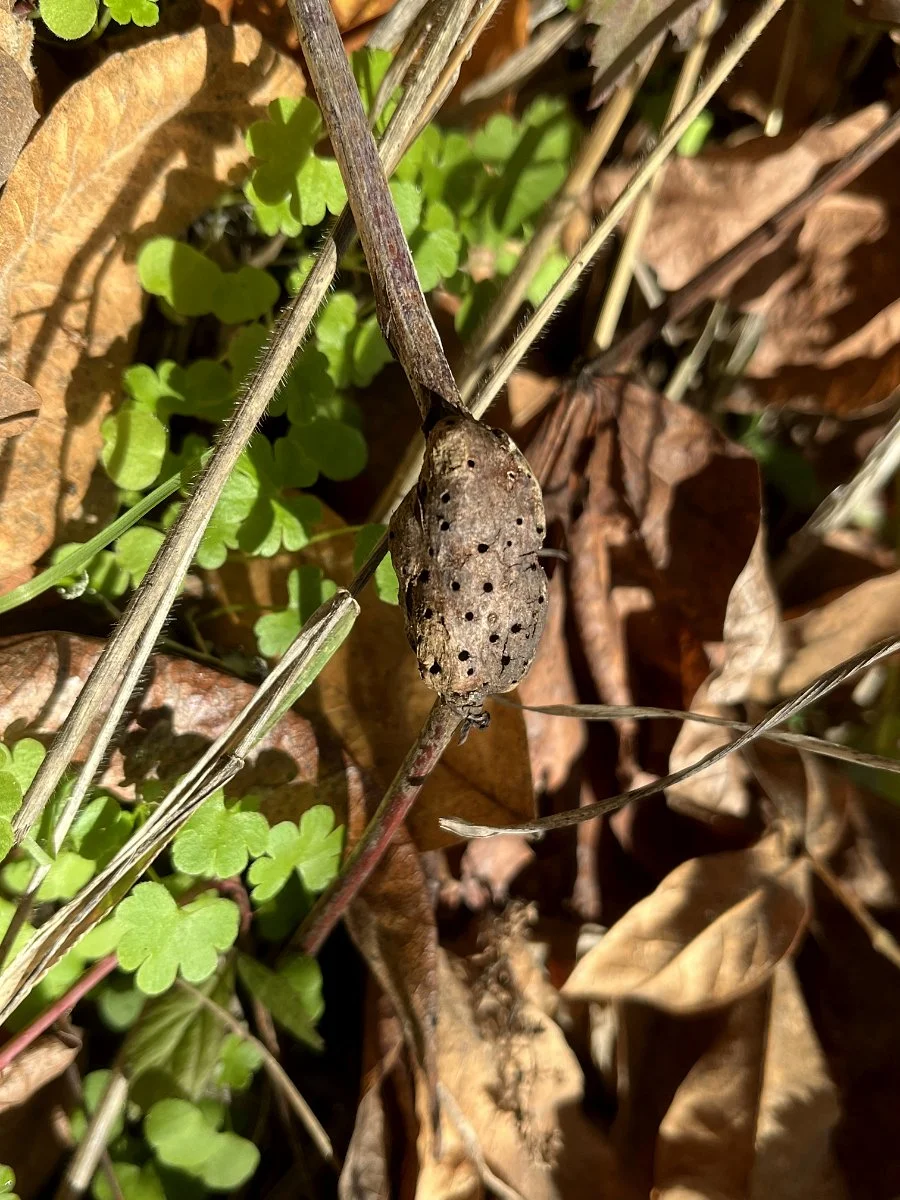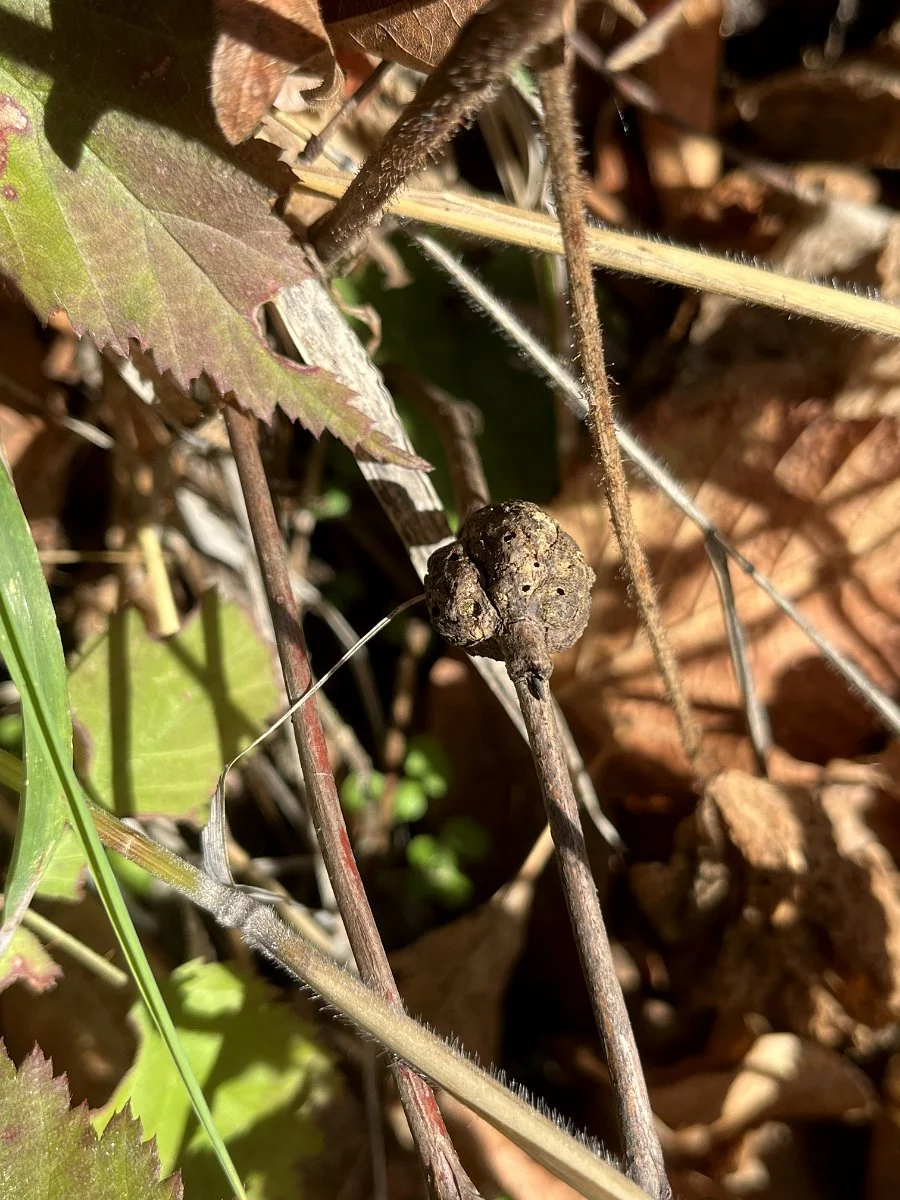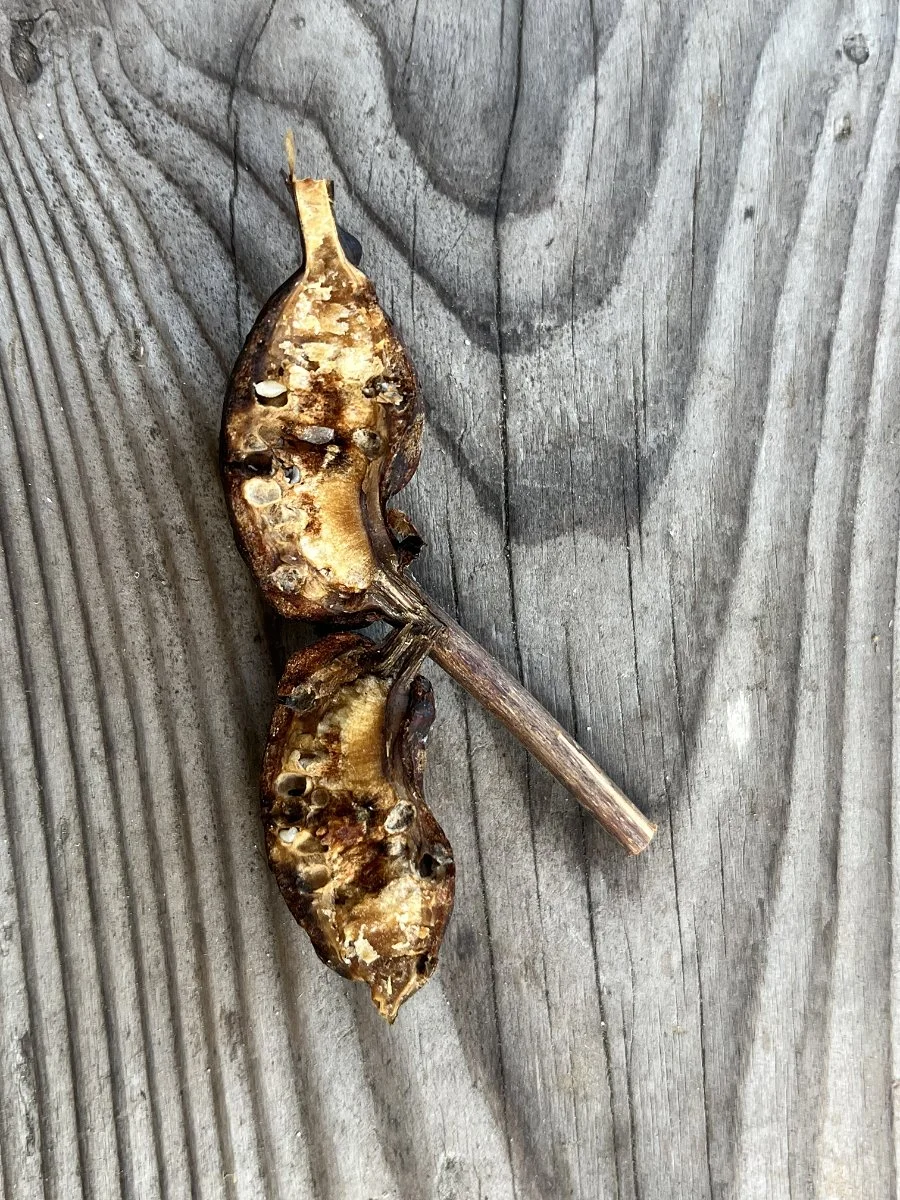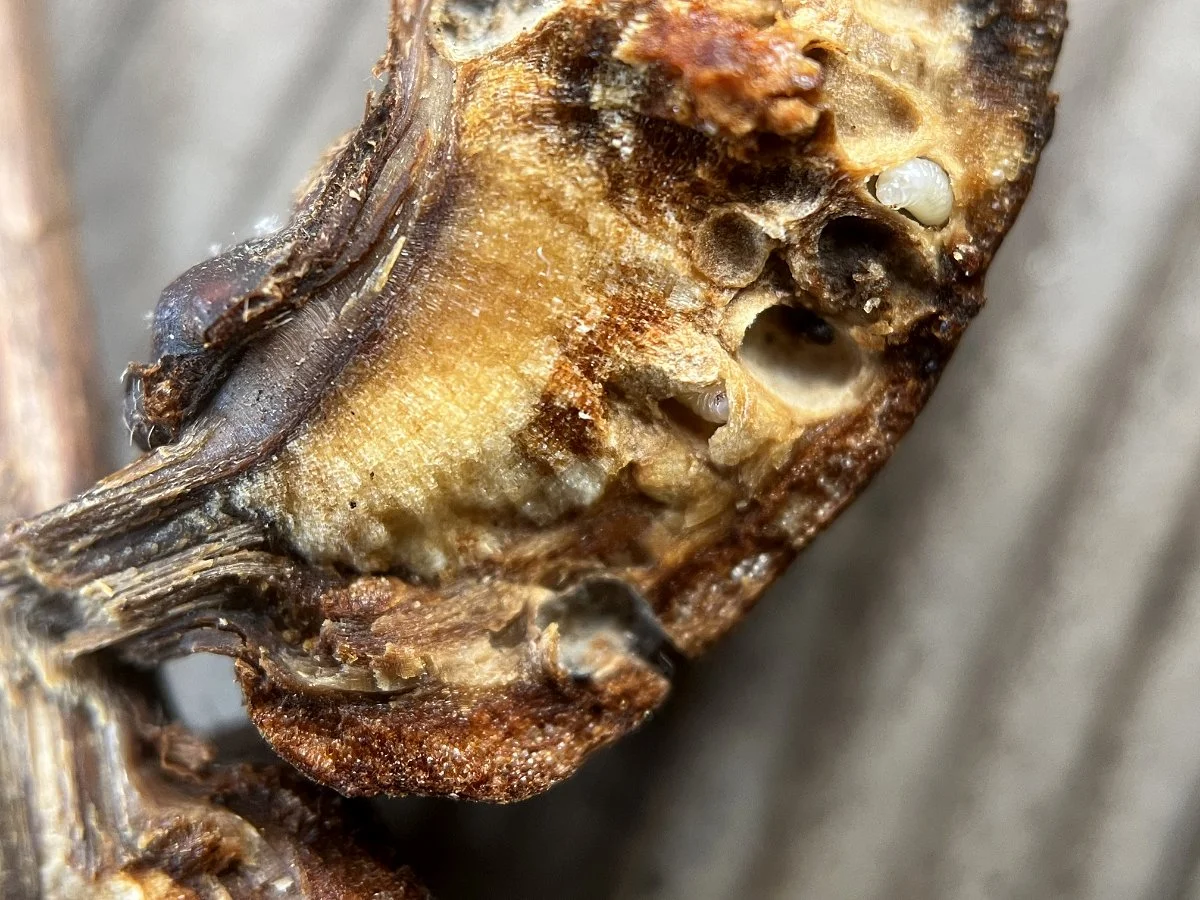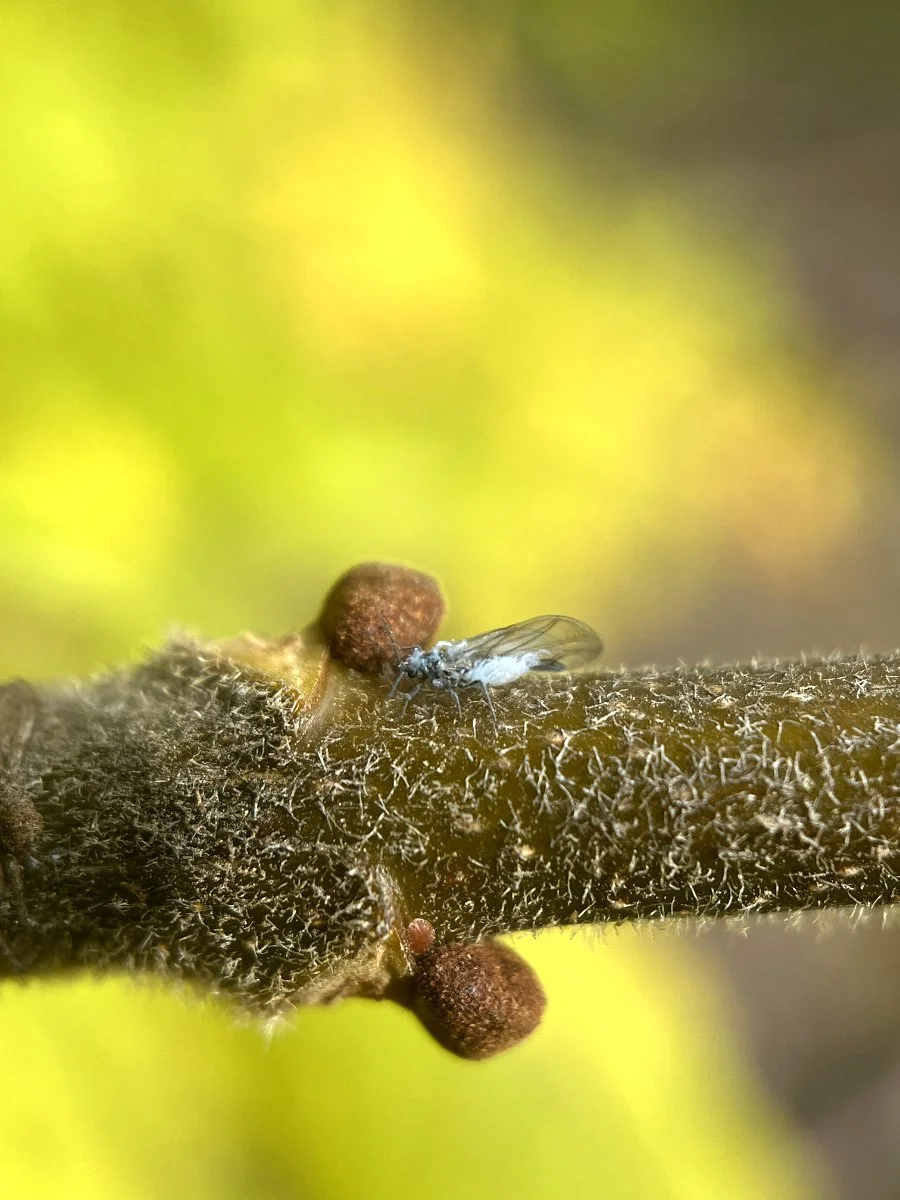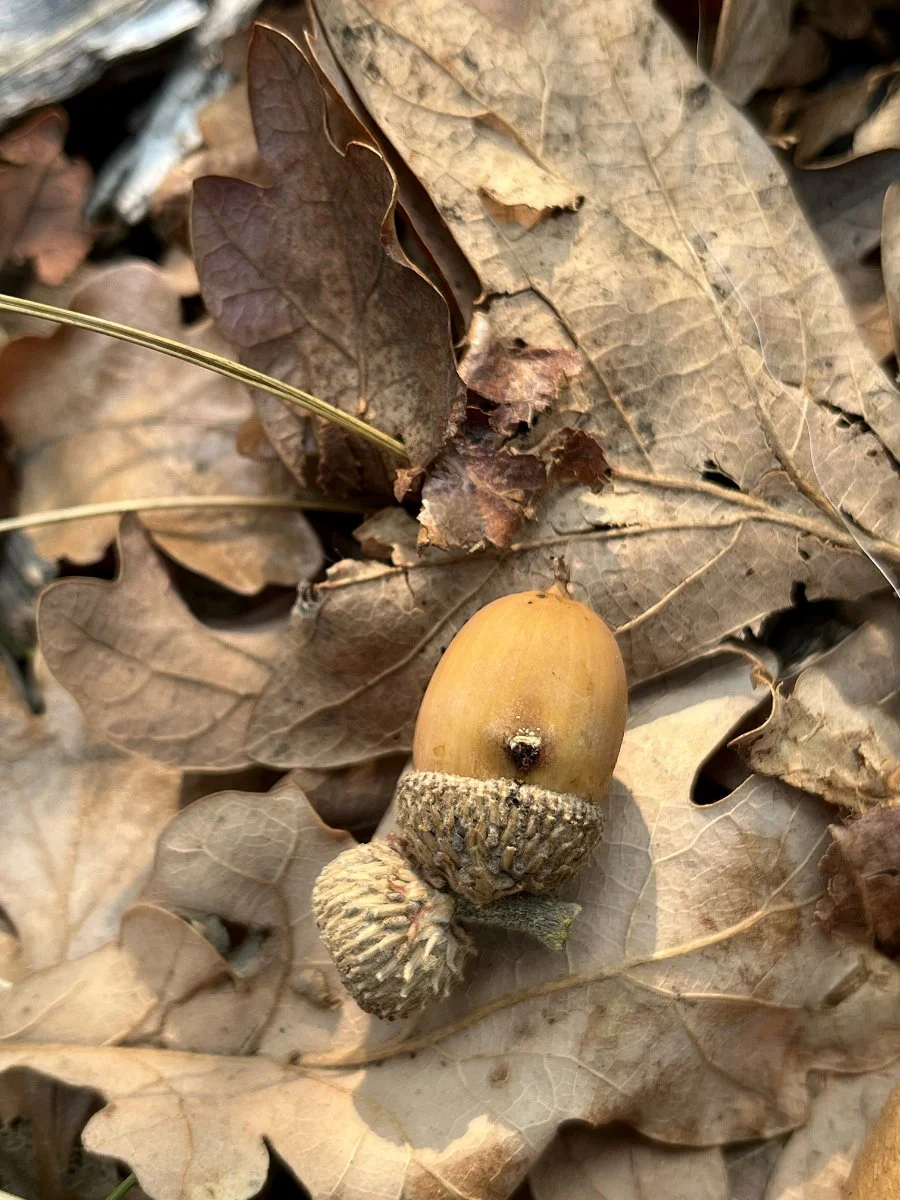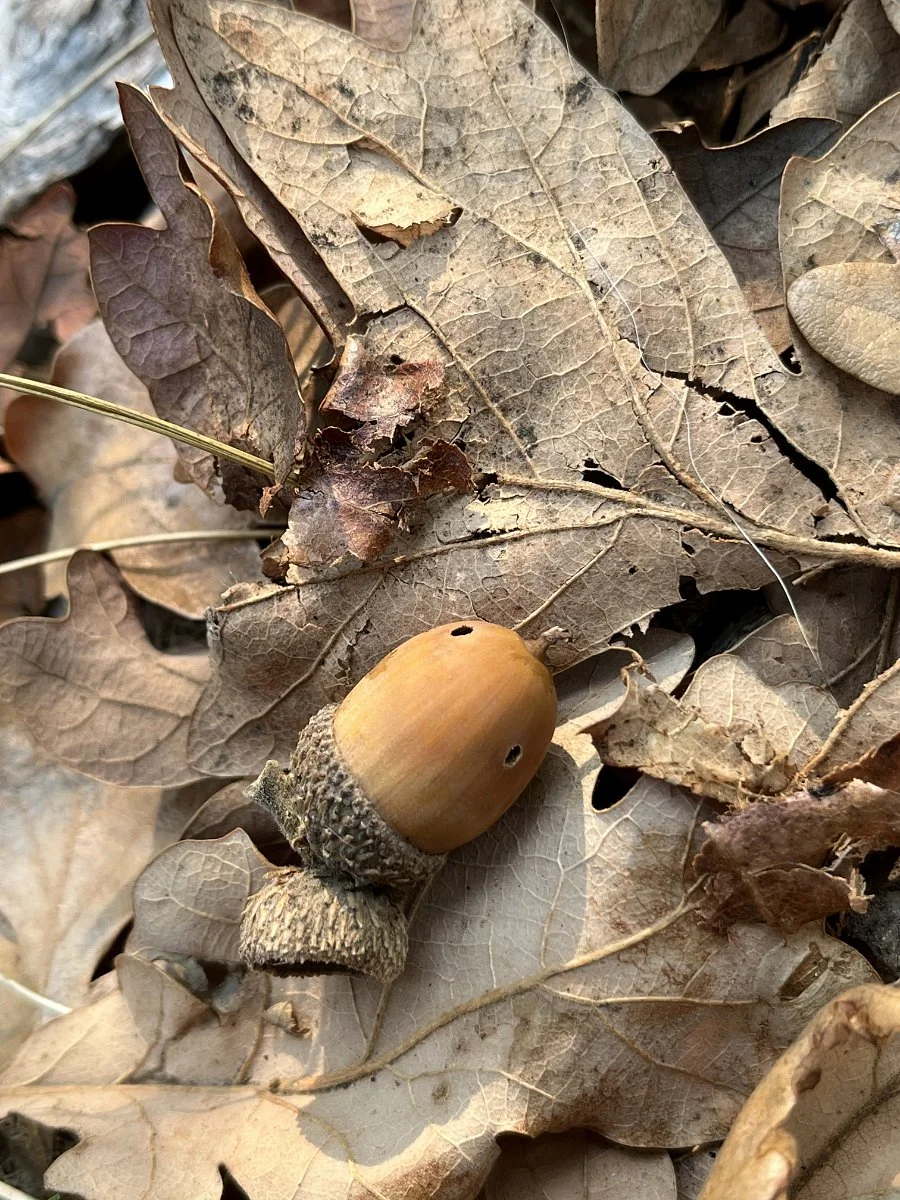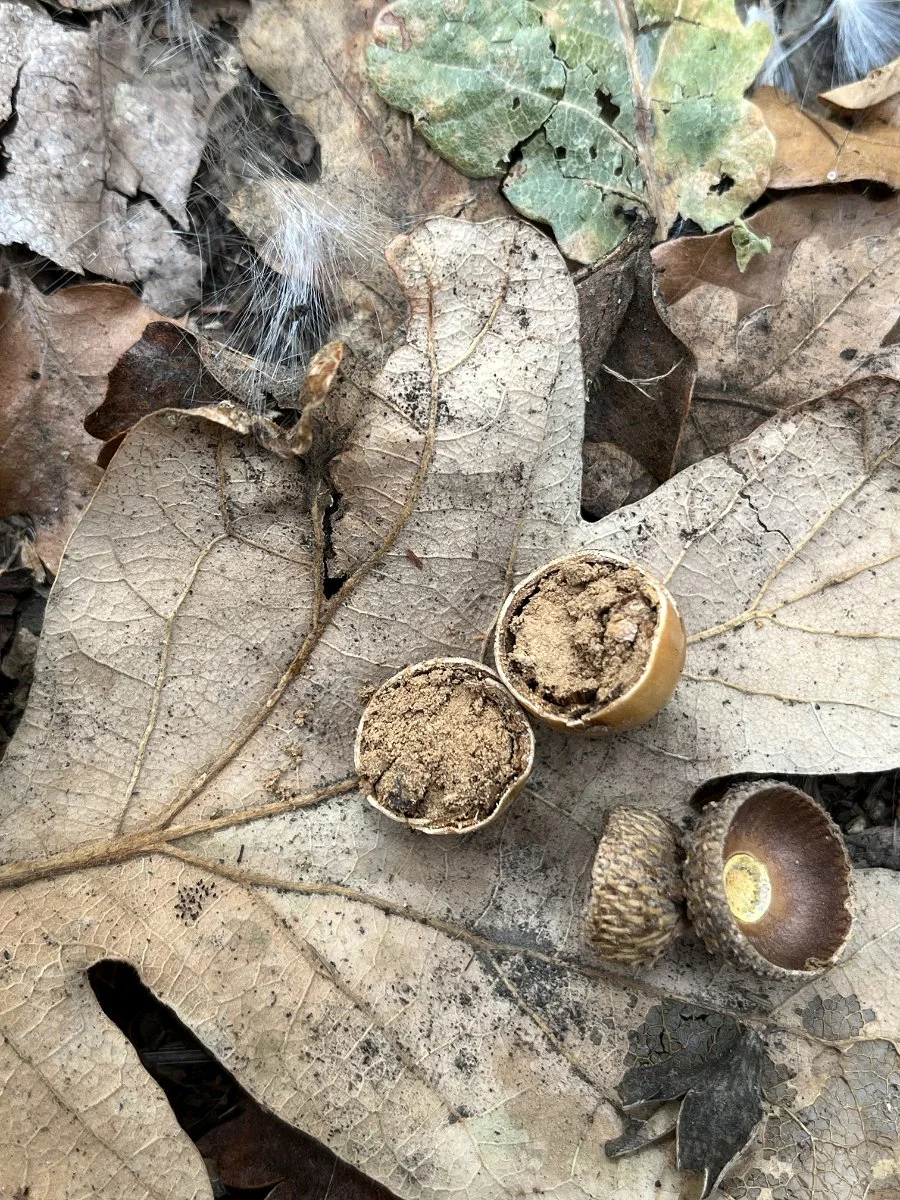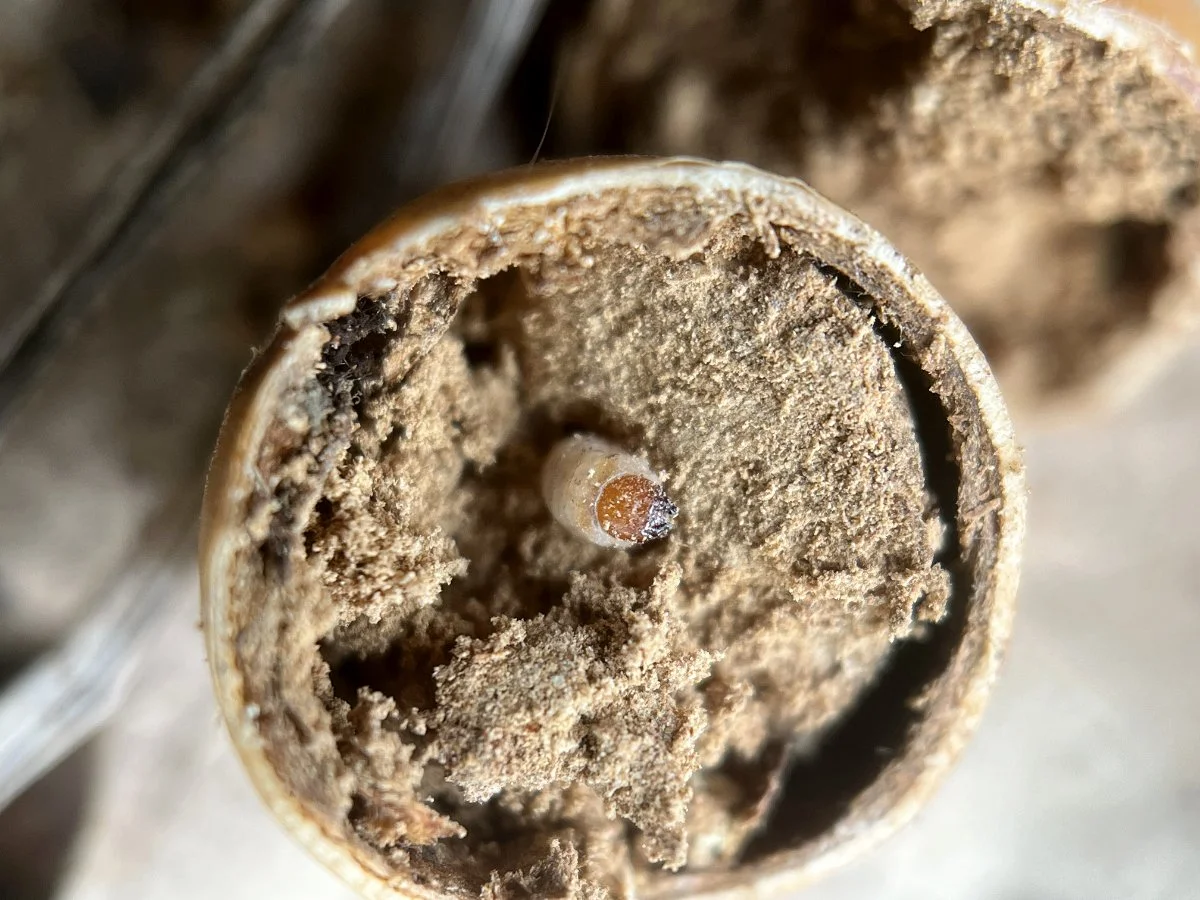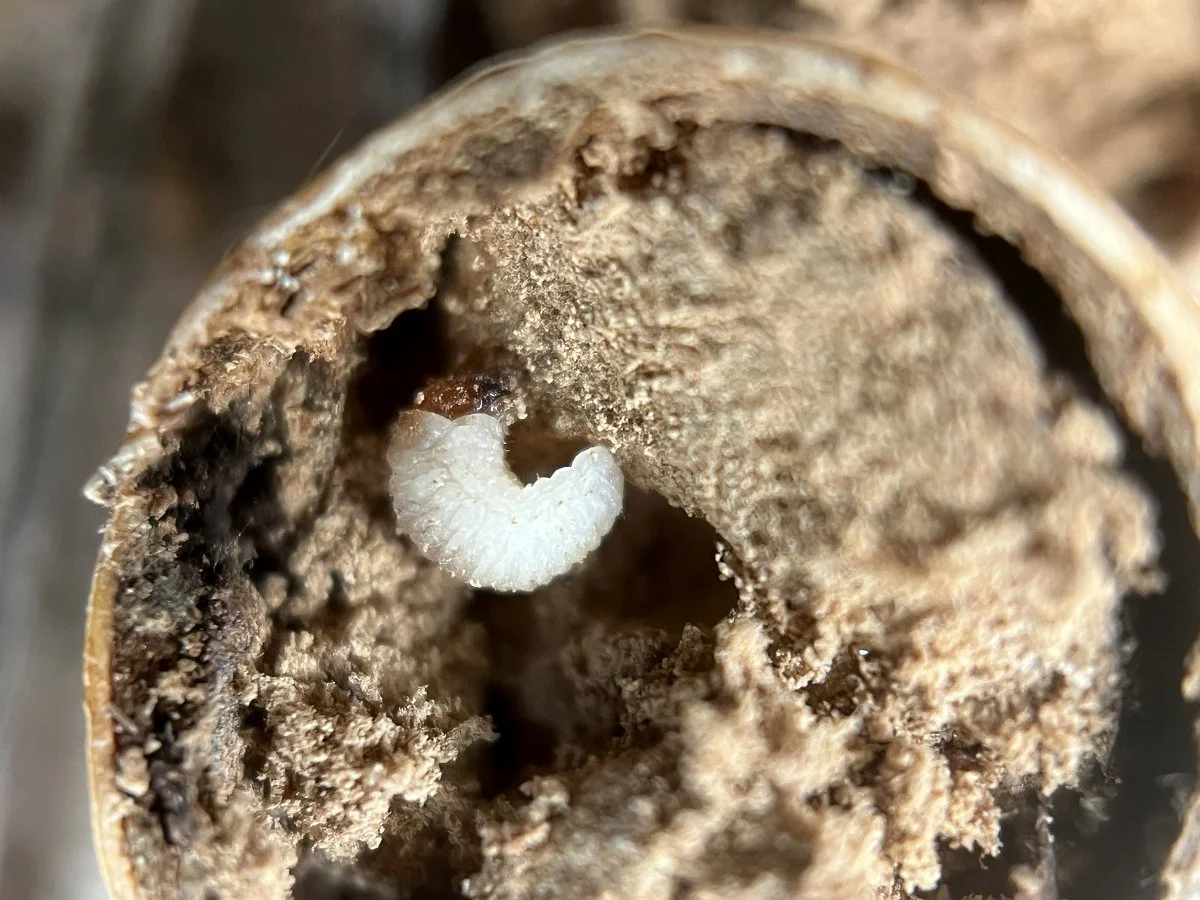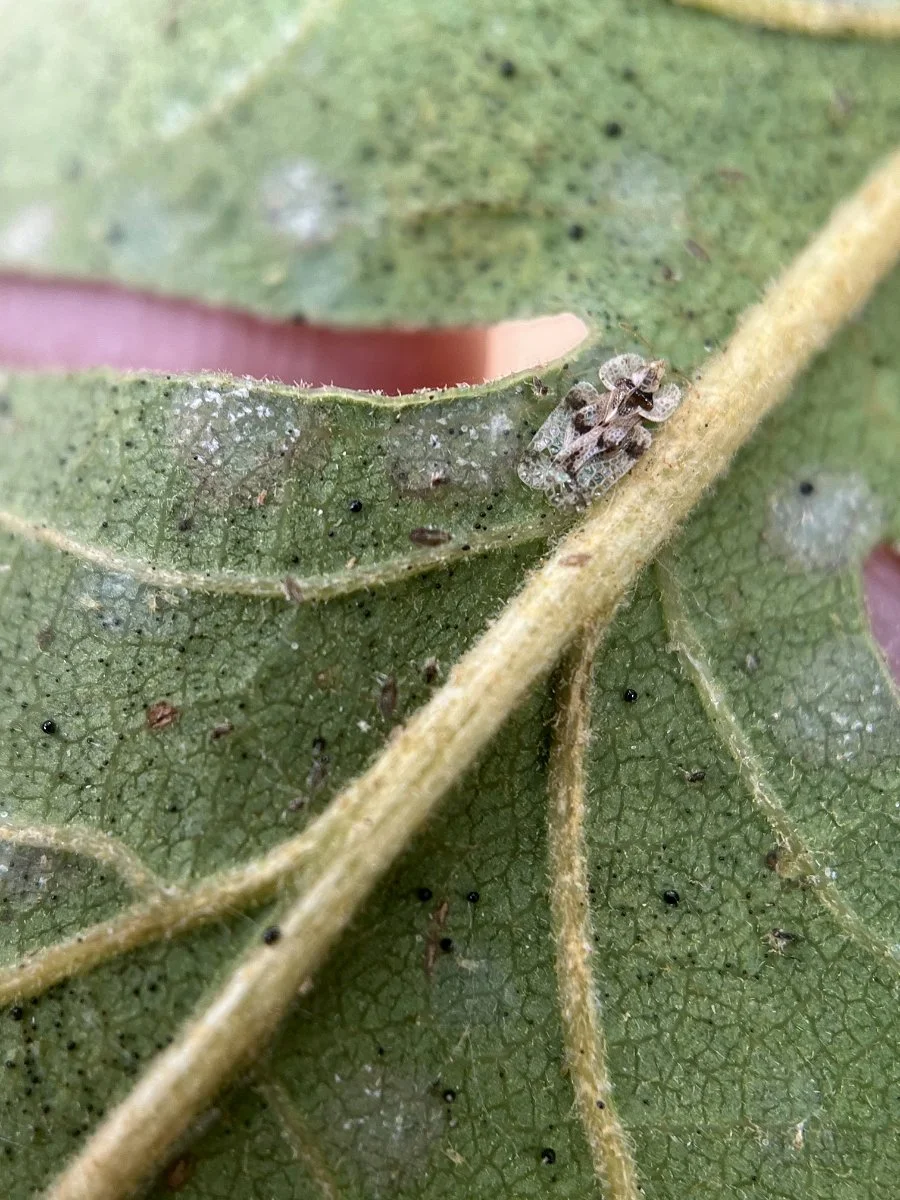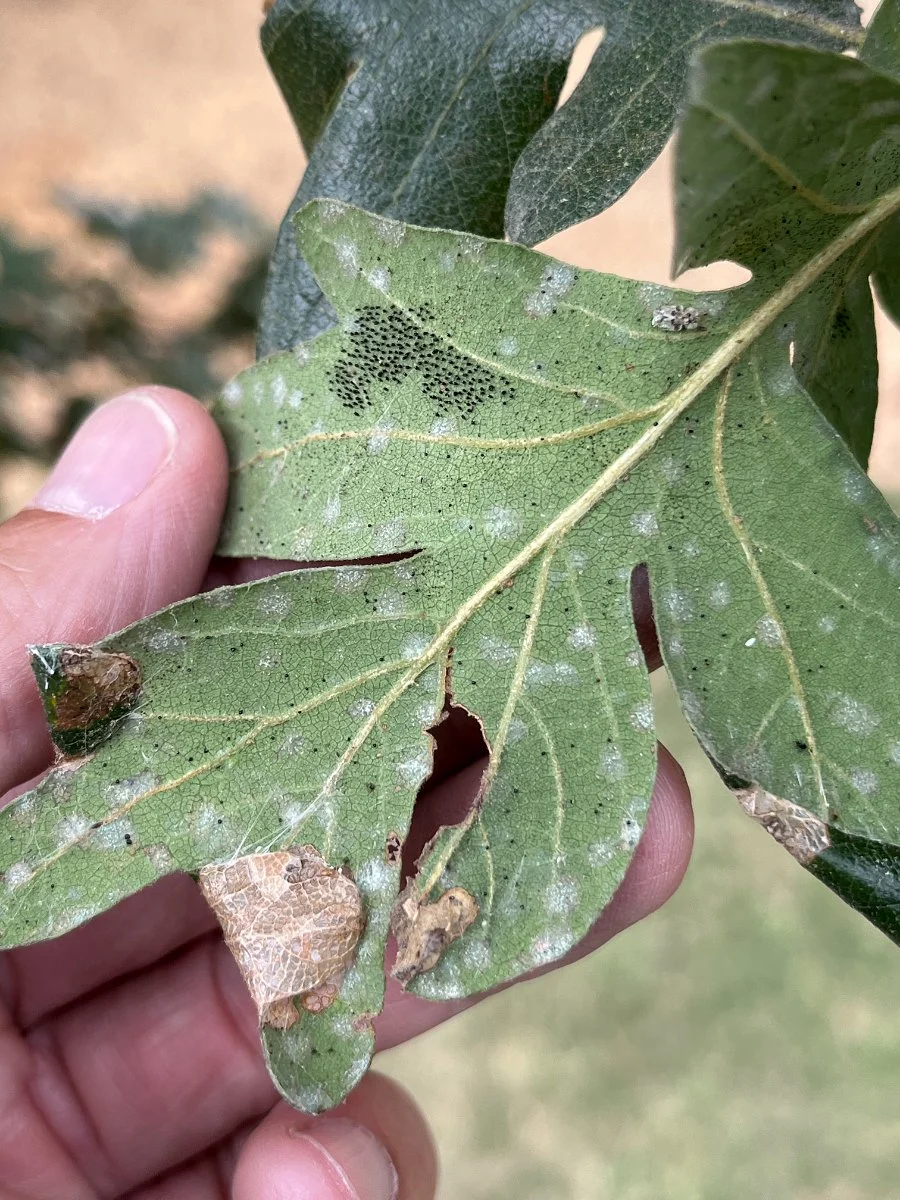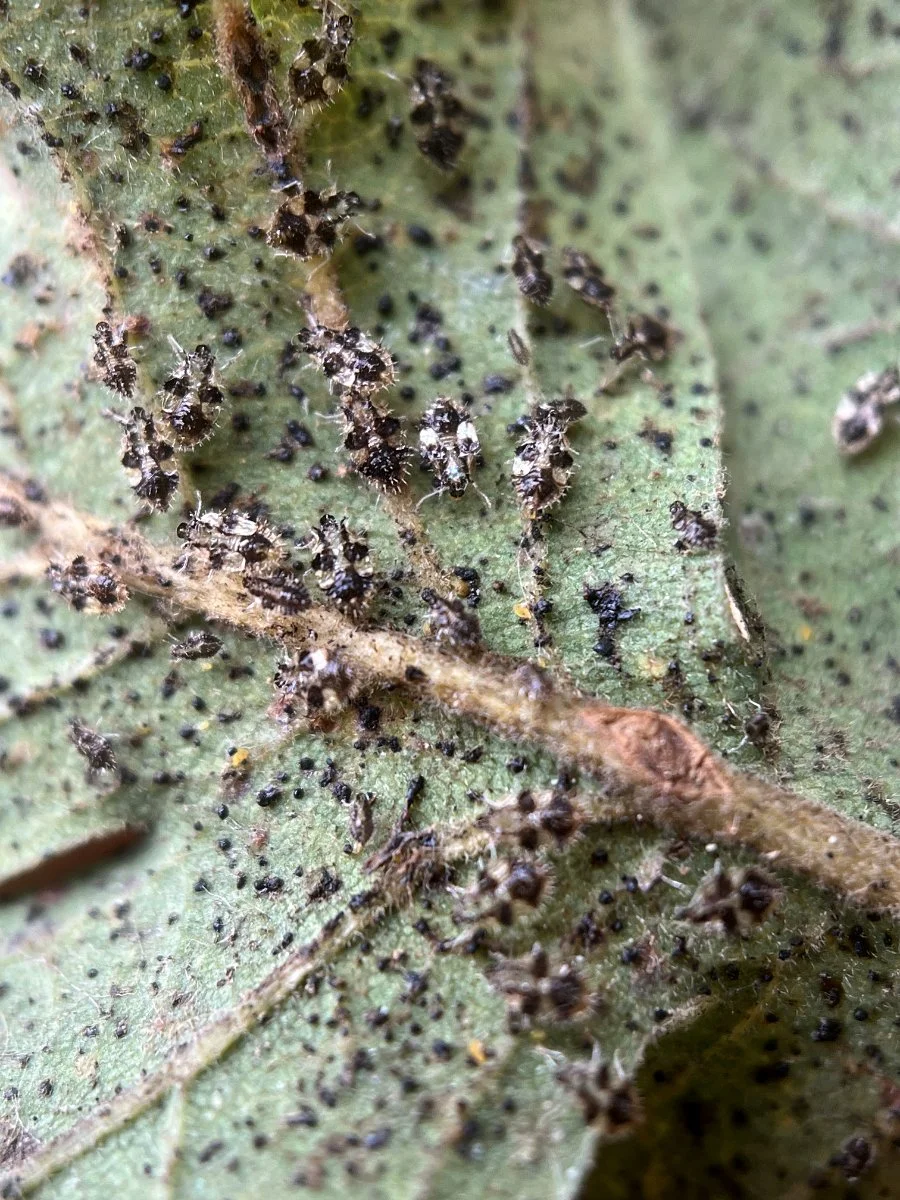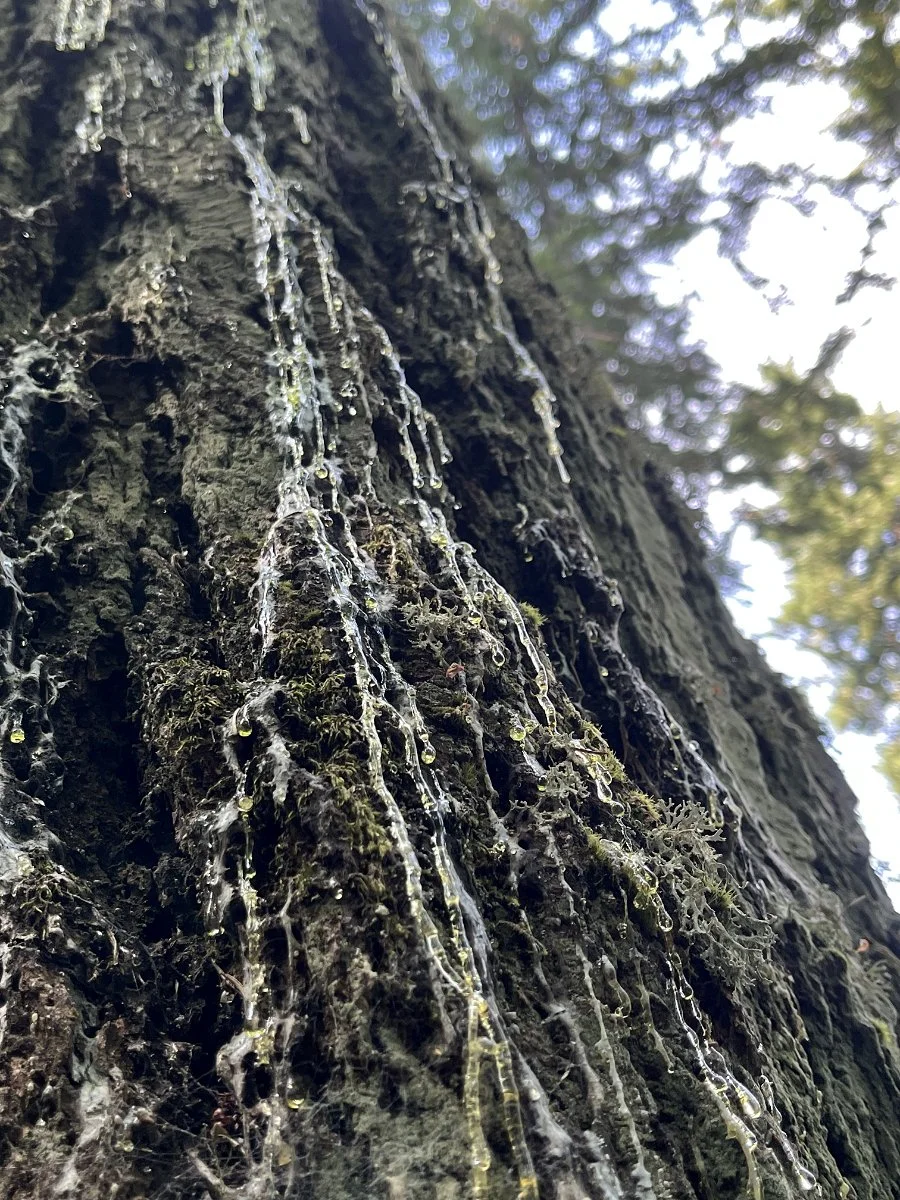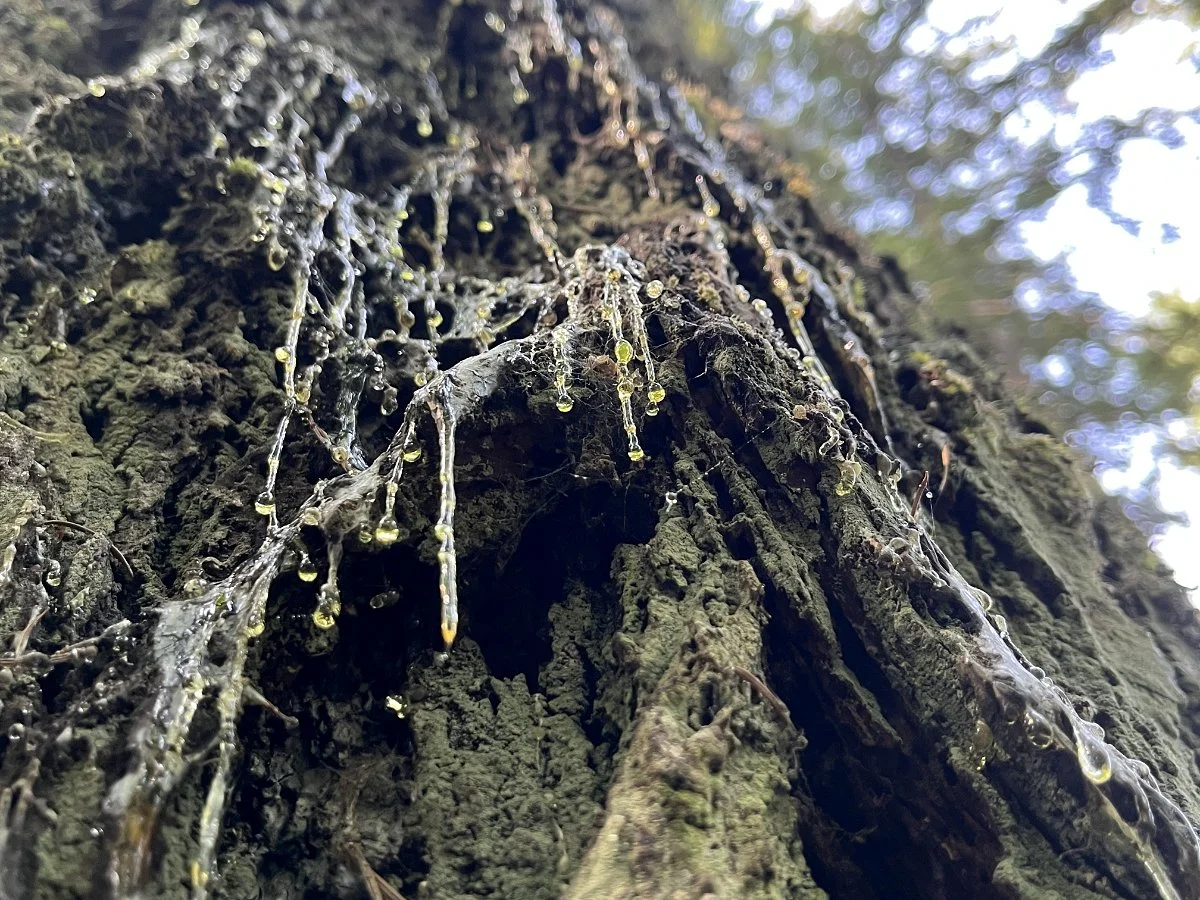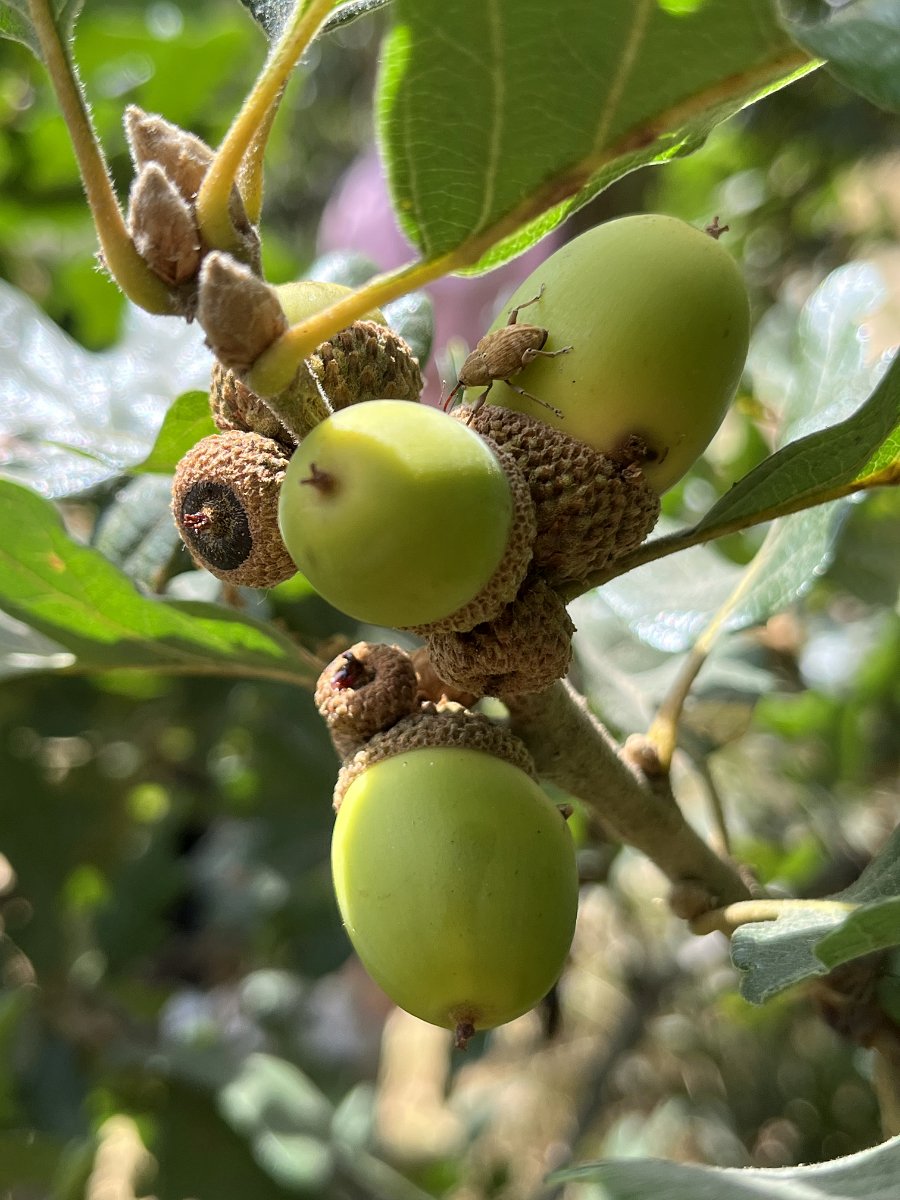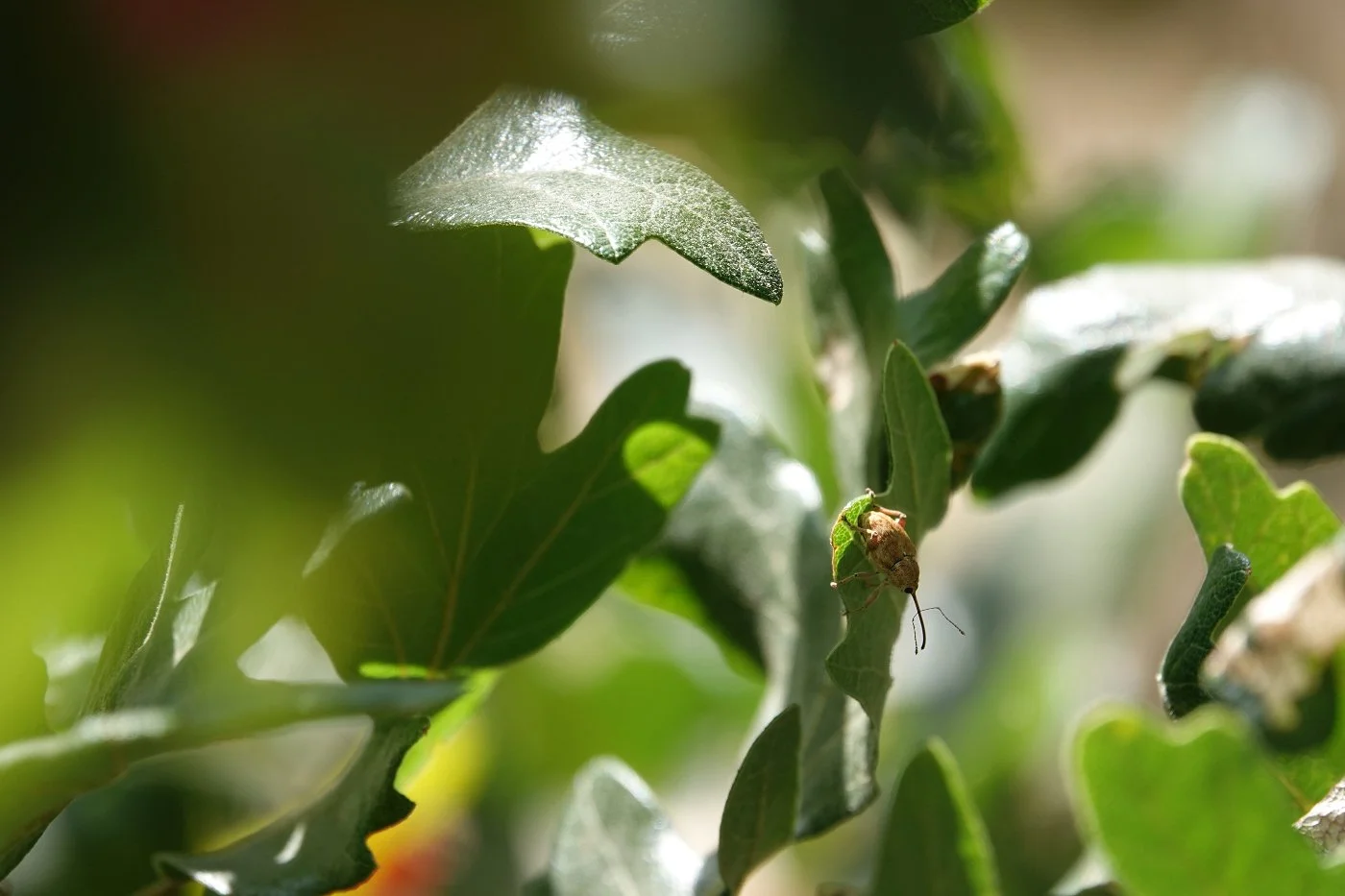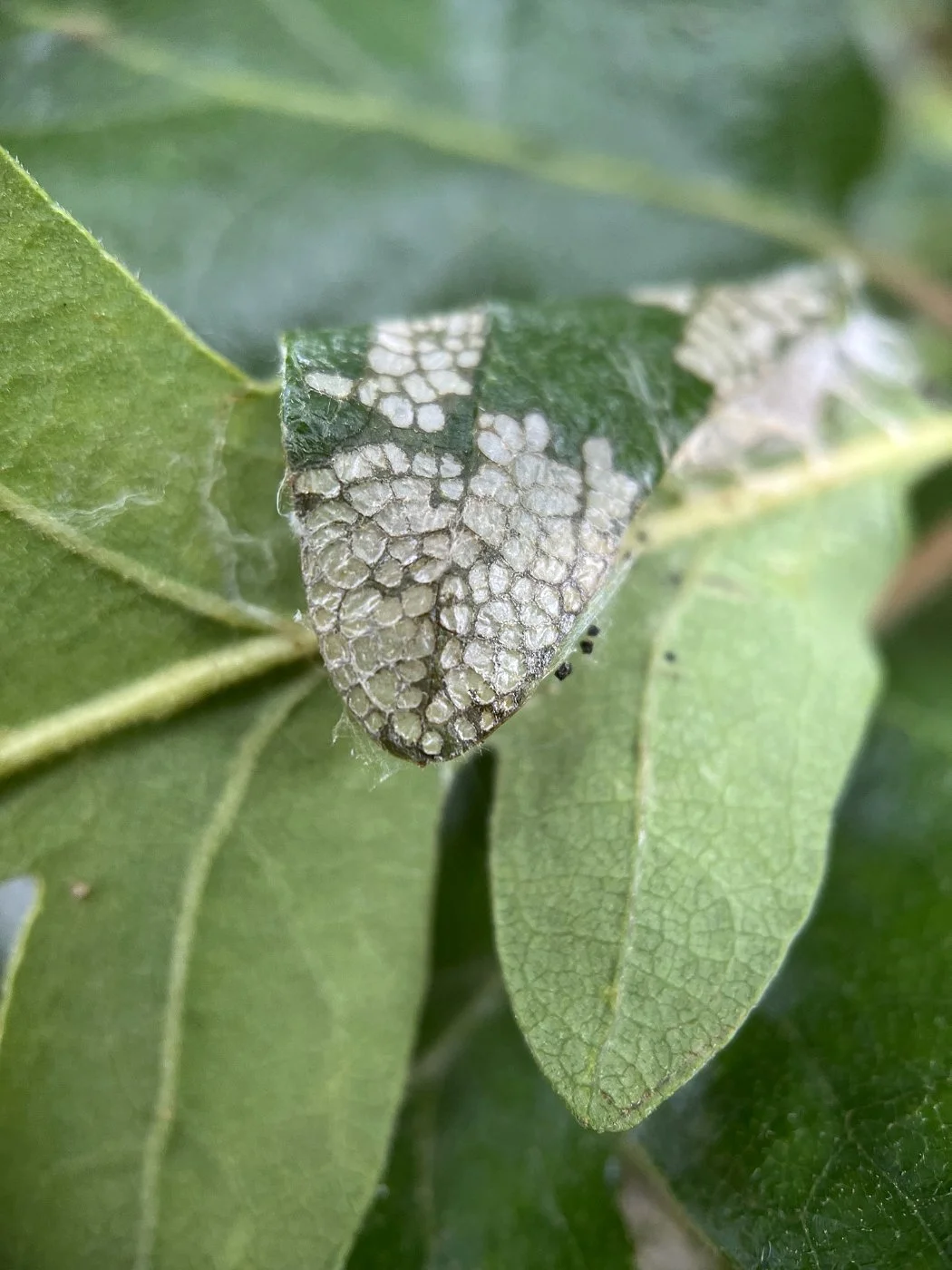A little flurry of insects whirled upwards when I approached this mushroom to have a closer look. I sat down for a few moments and they settled back down. I had heard about fungus gnats before and I wondered if these tiny insects on this mushroom could be them. As I attempted to take a few photos, I realized that they weren’t all the same. Maybe I found a tiny mixed flock of gnats just like small songbirds form in the winter. As I sit here at my desk trying to discover what these tiny creatures are, I realized that identifying small insects is challenging. So for now, I have decided to let them flit around in my curiosity and let them settle in the not sure category.
That said, I will give you a little information on what I learned about fungus gnats. They are decomposers and help to recycle nutrients back into the ecosystem. In their larval stage, they consume things such as fungi, algae, root hairs, and decaying plant matter in the soil. The adult fungus gnats eat very little, only consuming water or plant nectar. The adults are drawn to mushrooms because of the ideal, damp habitat for reproduction. It provides for a suitable place to lay their eggs and have the larvae hatch in a moist environment rich in organic material in the soil to feed upon. Fungus gnats also provide a food source for animals such as birds like all of the kinglets here at the arboretum for the winter.
Interestingly, when investing many insects, much of the information out there on the internet begins with defining them based on if they are “harmful” or “beneficial.” In other words, do they “damage” plants that people are trying to grow for food, clothes, housing, such as, apples, cotton, or trees, or are they “helpful” in eating these “harmful” insects. I read that fungus gnats can infest greenhouses or mushroom operations but I didn’t see it mentioned happening out in nature.
We need to start shifting back to the paradigm of living in harmony with the earth where all life is respected. Where we are filled with thanksgiving, wonder, curiosity, and awe at all of the beauty and diversity of life. Where we see ourselves as a part of nature and its caretakers for future generations. Thank you to all the people out with there trying to make it happen. Thank you for reading my blog.
Nature is an inexhaustible source of wonder. I hope to see you out there!





